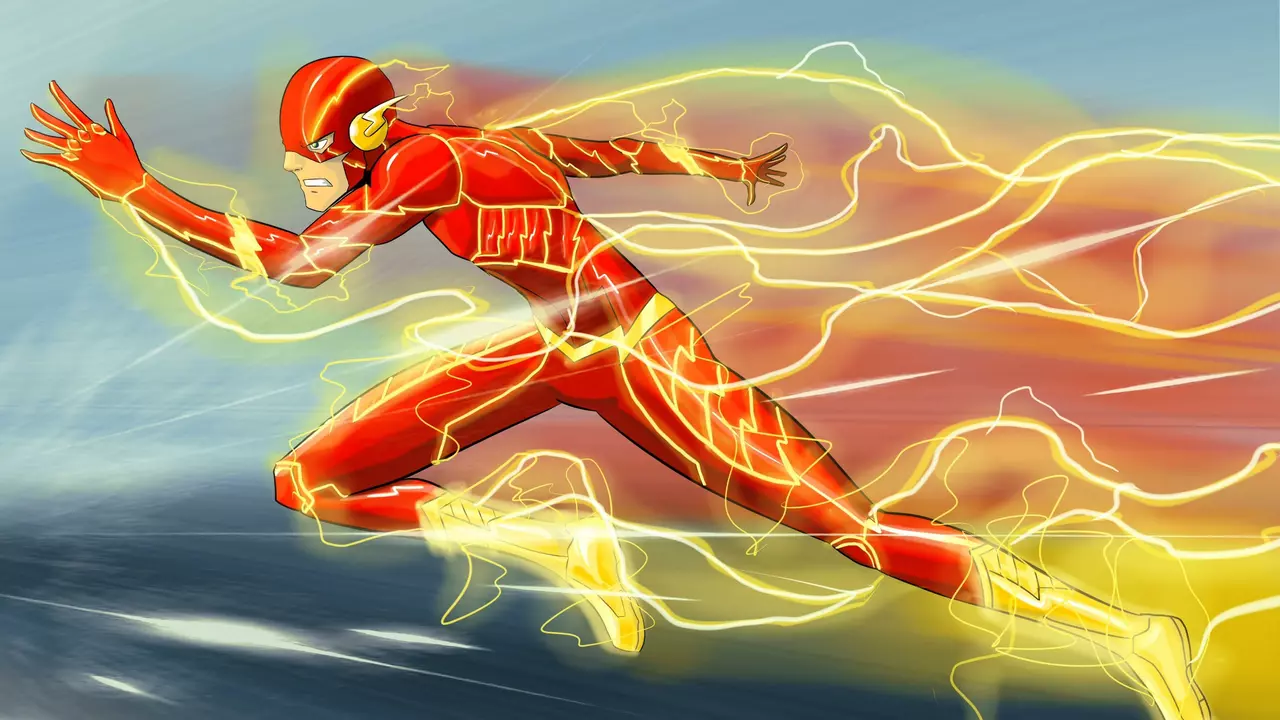Introducing Super Speedsters
Ever since I was a kid, I've been fascinated by the concept of super speed. The idea that one could move so fast that everything around them seems to slow down is something that has captured my imagination, and I know I am not alone in this. Whether it's superheroes like The Flash and Quicksilver, or real world animals like the cheetah and the peregrine falcon, super speedsters hold a special place in the hearts of many.
The Science Behind Super Speed
In this section, I'll be delving into the science behind super speed. As you might expect, there's a lot of physics involved. From the role of friction and air resistance, to the incredible amount of energy required to reach such speeds, I'll be breaking down the complex science into simple and easy-to-understand terms.
Super Speed in Pop Culture
Super speed is a popular trope in pop culture, especially in comic books and movies. Characters like The Flash, Quicksilver, and Sonic the Hedgehog are all known for their incredible speed. But how do these fictional characters stack up against each other? In this section, I'll be comparing the speeds of different characters, and discussing the various ways that their super speed is portrayed.
Real Life Speedsters
While it's fun to fantasize about having super speed, there are animals in the real world that can move incredibly fast. From the peregrine falcon, which can dive at speeds of over 240 miles per hour, to the cheetah, which can run at speeds of up to 60 miles per hour, these real-life speedsters are truly impressive.
Speedsters in Sports
When it comes to human speedsters, the world of sports is where they truly shine. Athletes like Usain Bolt and Florence Griffith-Joyner have set incredible records for sprinting. In this section, I'll be discussing these athletes and their achievements, as well as the training and dedication that goes into becoming a world-class sprinter.
The Physical Limitations of Super Speed
Super speed may be a fun concept, but it's also incredibly dangerous. The human body is not built to withstand the forces that come with moving at such high speeds. In this section, I'll be discussing the physical limitations and potential dangers of super speed, from the strain it would put on the heart, to the extreme heat generated by friction.
The Psychological Aspects of Super Speed
One aspect of super speed that is often overlooked is the psychological impact. Imagine seeing the world in slow motion all the time, or having to constantly be on alert due to moving so quickly. In this section, I'll be exploring the potential psychological effects of having super speed.
Super Speed and Technology
While we may not be able to achieve super speed ourselves, technology is helping us move faster than ever before. From high-speed trains to supersonic jets, this section will discuss how technology is pushing the boundaries of speed.
Fantasy vs. Reality: The Speedsters' Edition
It's fun to fantasize about having super speed, but what would it really be like? In this section, I'll be comparing the fantasy of super speed with the reality, discussing the pros and cons, and debating whether super speed would be a blessing or a curse.
Conclusion: The Enduring Appeal of Super Speed
In the end, the concept of super speed continues to captivate us because it represents freedom, power, and the ability to transcend our physical limitations. Whether we're watching a superhero movie, cheering on a sprinter, or marveling at a cheetah, we're drawn to speed because it's something we can all relate to, yet it's also something that's just out of reach.
